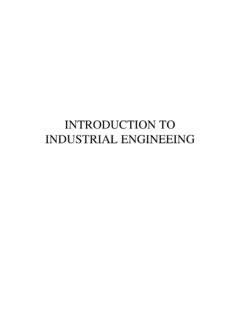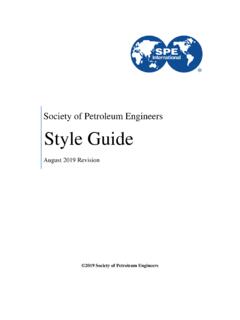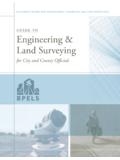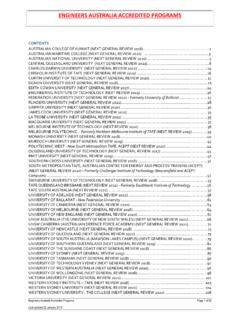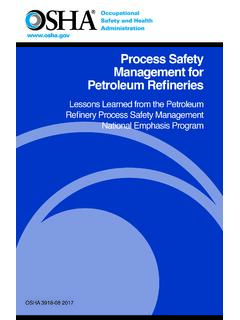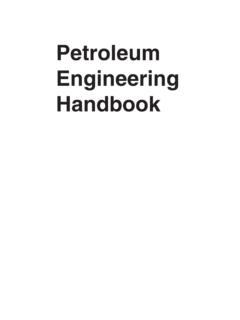Transcription of Liquefied Petroleum Gas Liquefied Petroleum Gas
1 Product Reference Manual - Section 5 - Liquefied Petroleum Gas5 Liquefied Petroleum GasLiquefied Petroleum Gas51 Product Reference Manual - Section 5 - Liquefied Petroleum Gas5 Liquefied Petroleum GasLPG2 - Handigas6 - Handipack7 - Forklift (Autogas)8 - Propane (C3H8)8 - Handigas Dumpy (Mini Bulk)9 - Handigas Bulk9 - Propane Bulk105 Liquefied Petroleum Gas2 Product Reference Manual - Section 5 - Liquefied Petroleum GasAfrox is the leading supplier of Liquefied Petroleum Gas (LPG) in sub-Saharan Africa and pioneered the LPG industry in South Africa under the brand name Handigas in the early 1950s, which is still the leading brand name in LPG today.
2 With more than 2,5-million LPG cylinders and the largest bulk LPG storage and distribution infrastructure on the sub-continent, Afrox is uniquely positioned to meet the energy demands of industrial, commercial, agricultural and domestic applications, across a broad-based market qualified in-house engineering expertise enables Afrox to offer end-to-end gas solutions from industrial and commercial space heating to large furnaces and curing ovens. From small boutique hotels to the largest casino resort complexes in Africa, from industrial catering to most fast food and restaurant franchise chains in the biggest shopping malls, Handigas is the gas chosen by chefs and project engineers is a clean burning fuel that provides all energy users with a safe, efficient and economical alternative for a diverse range of applications and is available through our extensive Afrox network of Gas & Gear sales centres and Handigas agents, which means that no matter where you are, Handigas is there.
3 Definition of LPGLPG ( Liquefied Petroleum Gas) is the term applied to those hydrocarbons, which are vapours at room temperature and pressure but can be Liquefied by compressing them lightly. When LPG is Liquefied , its volume decreases considerably so that it requires much less storage space. The liquid is transported in relatively light pressure cylinders and the customer converts it to gas by opening the valve on the cylinder which causes the liquid to vaporise as a result of a drop in cylinder pressure. LPG is composed of a mixture of mainly propane and butane (approximate ratio 60:40 by mass) but may contain some propylene and butylene as well as traces of ethane, ethylene, pentane and butadiene.
4 It is colourless and odourless, but commercial LPG is usually stenched with a substance called ethyl mercaptan to give it a characteristic Chemistry of LPGA toms of hydrogen (H) and carbon (C) combine to form hydrocarbon molecules which can be made up of different numbers of hydrogen and carbon atoms, hence the term hydrocarbon .A molecule containing three carbon atoms and eight hydrogen atoms is called propane:Molecule of propane (C3H8)In a like manner, four carbon atoms bonded to 10 hydrogen atoms forms butane:Molecule of butane (C4H10)There are two possible configurations for the butane molecule.
5 The above arrangement consists of a straight C-chain and is called normal butane or n-butane. If the C-chain is branched, it is called iso-butane. Such a re-arrangement of the atoms is known as isomerisation and has no significant effect on the fuel properties. Hydrocarbons with single carbon bonds are known as saturated hydrocarbons while those with double or triple bonds are unsaturated hydrocarbons. Examples of saturated hydrocarbons are methane (CH2), ethane (C2H6), propane (C3H8) and butane (C4H10). Unsaturated hydrocarbons include ethylene (C2H4), propylene (C3H6), butylene (C4H8) and acetylene (C2H2). Physical Properties of LPGThe properties of LPG mixtures can usually be calculated from the properties of the individual constituents (propane, butane, etc.)
6 Provided the proportions of the constituents are known. Following is a description of the most important physical properties of LPG DensityThe density of LPG is defined as its mass per unit volume (kg/l) at a given temperature. LPG liquid has a density of about 0,54 kg/l at 15 C and is therefore lighter than water. It varies slightly with LPG composition and every batch of LPG produced at a refinery will have a specified density at a given temperature. LPG liquid is fairly light - about half the weight of water. To convert litres of LPG to kilograms, simply multiply the number of litres by the density.
7 LPG vapour has a density of about 1,9 times that of air and is therefore heavier than air. This is important when considering ventilation requirements and has an influence on the design of burners and certain meters for measuring vapour flow. Buildings used for storing LPG cylinders must have adequate floor level ventilation; in the event of a leak, the vapour being heavier than air will flow along the ground to the lowest level and remain there for a considerable period of time, and can be an explosion Calorific Value (CV)All substances which burn generate energy in the form of heat, which varies in quantity with the nature of the substance.
8 The total amount of heat liberated by burning a substance is known as its Calorific Value or CV. It is usually expressed in megajoules per kg (MJ/kg). For LPG, it is 49,6 to contents3 Product Reference Manual - Section 5 - Liquefied Petroleum Gas5 Liquefied Petroleum Thermal rate of expansion (expansion and contraction)The thermal rate of expansion of liquid LPG is about 10 times that of water and since liquids can not be compressed, it is probably the most important property of LPG affecting the way the gas is stored, handled and filled. Storage tanks and portable cylinders filled to allow for an ullage space in the vessel and cylinders must never be filled to more than about 85% of the internal the valve of an LPG is opened, the pressure inside the cylinder is reduced and the liquid starts to vaporise (boil) at lower pressure.
9 This vaporisation of the gas causes cooling to occur and the temperature of the gas will decrease. If the gas off-take rate is too high, the gas temperature will decrease to below 0 C and ice will start to form on the lower outside wall of the cylinder. Because LPG contains propane and butane, with boiling points of 42,1 C and 0,5 C respectively, the mixture begins to separate - propane continues to boil off while the butane remains in liquid form at temperatures below its boiling point of 0,5 C. To avoid this situation, vaporiser units are used for LPG or pure propane can be used instead of Handigas (butane/propane mixture).
10 It should be noted that low winter temperatures will aggravate this Vapour pressureOne litre of liquid Handigas will rapidly and totally vaporise when exposed to atmospheric pressure (100 kPa) to form about 275 litres of vapour at 15 C. In a closed cylinder containing some liquid Handigas, a relatively small quantity will vaporise in the restricted volume of the cylinder, to produce a cylinder pressure of about 250 kPa at 0 C. This closed cylinder pressure is equal to the vapour pressure, and it increases dramatically with temperature to 500 kPa at 20 C and 1 550 kPa at 60 liquid leak is far more serious than a gas leak due to the high volume of gas formed.
